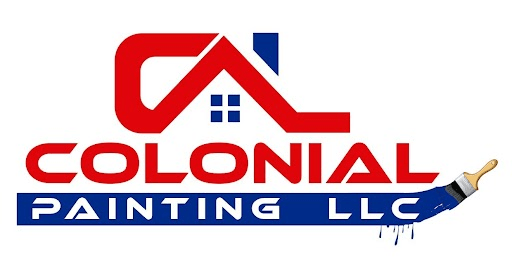Matte, Satin, or Semi-Gloss? The Definitive Guide
The Definitive Guide to Choosing the Right Paint Finish for Every Room in Your DMV Home Most homeowners in the DMV area spend their time choosing the perfect color for their walls, but overlook a detail that’s just as important: the paint finish. Matte, satin, and semi-gloss don’t just look different—they perform differently. The right finish can make your walls easier to clean, more resistant to humidity, and more durable over time. Because the DMV region experiences wide temperature and humidity shifts throughout the year, choosing the correct finish is not just a design decision, but a practical one that directly affects how long your paint job will last. Below is a professional, no-nonsense guide to selecting the best finish for every room. And if you want to avoid costly mistakes, Colonial Painting LLC is ready to help you choose and apply the perfect finish for your home. What Is a Paint Finish? A paint finish refers to how shiny or reflective the surface looks once dry. It affects: Durability Cleanability Moisture resistance How much it highlights or hides imperfections How light reflects throughout the room Choosing the right finish is a technical decision that significantly influences your home’s appearance and maintenance needs. The Most Common Paint Finishes and When to Use Them Matte: Best for Low-Humidity, Low-Traffic Areas Characteristics: No shine Excellent at hiding imperfections Smooth, elegant appearance Less resistant to moisture and stains Best for in the DMV area: Living rooms Bedrooms Home offices Dining rooms Matte finishes can look beautiful, but in DMV homes with varying seasonal humidity, they require professional touch-ups to maintain a consistent look. Poorly applied or poorly matched touch-ups will always be visible. Satin: The Most Versatile Finish for Everyday Living Characteristics: Soft, subtle sheen More durable than matte Easy to clean Great balance between beauty and practicality Best for in the DMV area: Hallways Staircases Kids’ rooms Family rooms Kitchens with good ventilation Since the DMV sees big temperature swings that cause expansion and contraction in building materials, satin finishes hold up exceptionally well while still offering an attractive look. Semi-Gloss: The Most Durable Option for Humid or High-Use Areas Characteristics: Noticeable shine Highly resistant to moisture, stains, and scrubbing Highlights imperfections if walls aren’t properly prepared Best for in the DMV area: Bathrooms Kitchens Laundry rooms Trim, doors, and baseboards Any area exposed to steam, water, or heavy cleaning DMV homes frequently experience seasonal humidity changes, making semi-gloss the ideal choice for moisture-prone rooms. Choosing the Wrong Finish Can Cost You More What seems like a small decision can double your expenses later. The wrong finish can cause: Permanent stains Fast deterioration Paint that stays looking dirty even after cleaning Moisture trapping behind the paint Visible touch-ups that ruin the overall look This often leads homeowners to repaint sooner than expected—sometimes just months after the initial job. How to Choose the Right Finish for Your DMV Home The best paint finish depends on multiple factors: Room humidity levels Natural light Age and condition of the walls Actual usage of the space Presence of kids or pets Ventilation Traffic levels At Colonial Painting LLC, we evaluate all of these details before recommending the appropriate finish. This ensures your paint lasts longer, stays cleaner, and looks flawless from every angle. Final Thoughts: The Right Finish Makes All the Difference Choosing between matte, satin, and semi-gloss isn’t simply a style preference—it’s a technical decision that directly affects longevity, maintenance, and appearance. And in an area like the DMV, where climate conditions can be challenging, choosing the correct finish and having it professionally applied is the best way to protect your home. At Colonial Painting LLC, we guide you through the process, recommend the best finish for each space, and deliver precise, long-lasting results. Ready to upgrade your home with the right paint finish? Request your free estimate today. Colonial Painting LLC delivers quality, expertise, and durable results you can trust.
Read More
